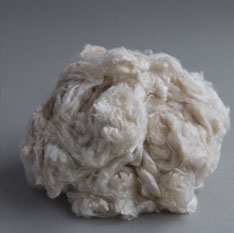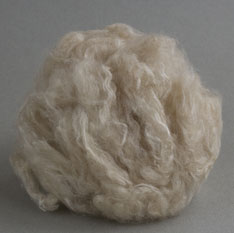





The bamboo viscose is obtained by dissolving cellulose from bamboo pulp in sodium hydroxide and carbon disulphide. It has several qualities such as softness, absorption capacity, resistance to dust-mites and fungi as well as antibacterial properties.
The PLA fiber is perfect example of a synthetic fiber fabricated in an ecologically friendly fashion. In effect, the whole manufacturing chain respects the environment and it utilizes 100% of annually renewable elements. The PLA fiber is soft to the touch, resilient and is able to evacuate humidity better than most synthetic fibers.
The soya viscose is obtained from the proteins of the soya beans. Very soft, the soya viscose fibers are thermo regulators and facilitate the transfer of humidity.
Produced from wood pulp (viscose process described for bamboo above); its fibers have a high absorption capacity which combined with their humidity evacuation capability give them an excellent body thermal regulator quality thus providing a great level of comfort. They offer the resiliency expected of a stuffing fiber while ensuring sufficient mechanical stability.
The unique promise of this fiber is to bring to the skin and the human organism all the benefits of the sea, thanks to its exclusive composition of brown algae and wood cellulose.
The effects of zinc on the organism are well known: it re-enforces the immune system, activates the auto defense system of the body, contributes to cell regeneration, helps healing processes and reduces inflammations. These fibers also provide effective protection against dust-mites, bacteria and bad smells.